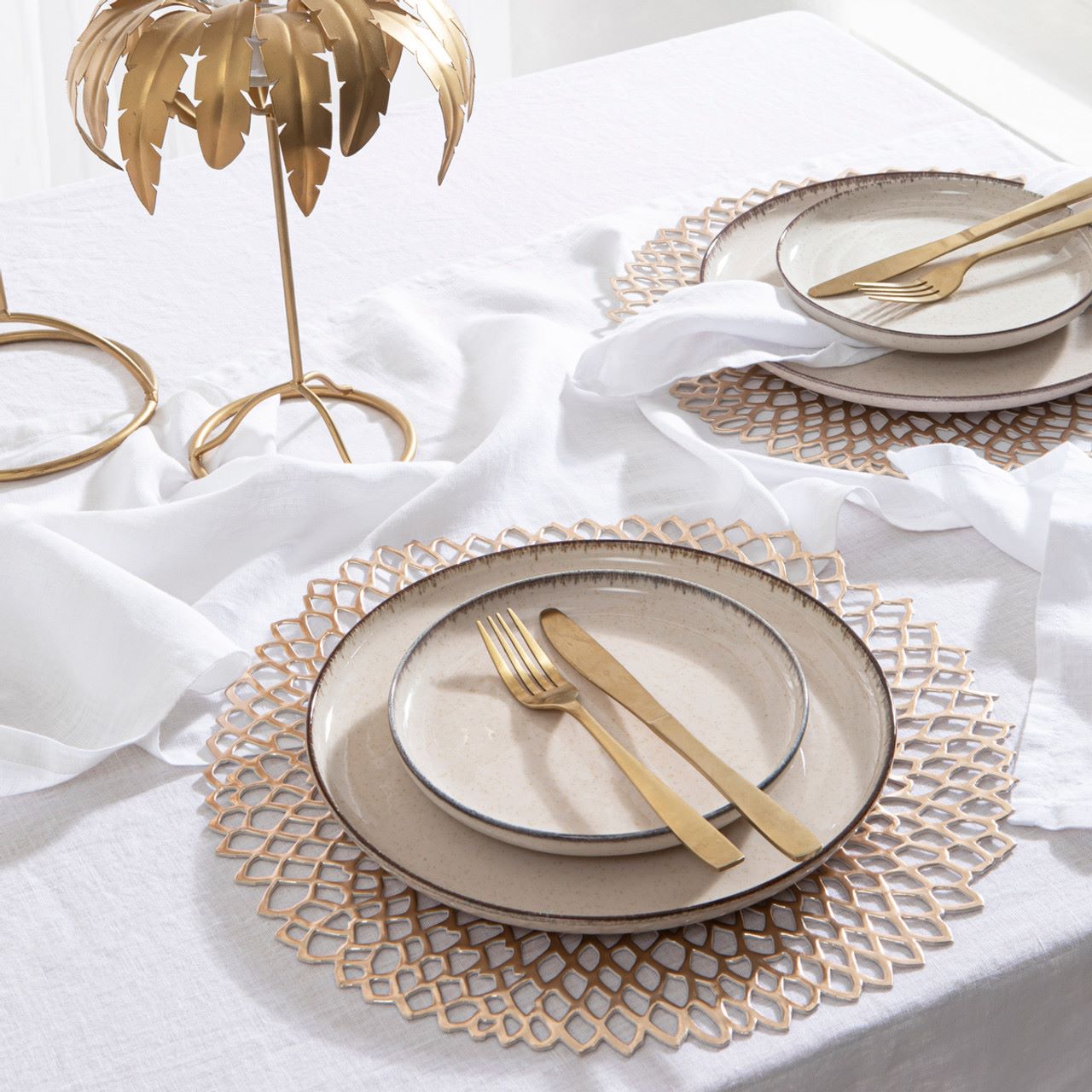

Tableware
What Is A Placemat Used For?
Modified: January 18, 2024
Discover the versatile uses of a placemat in tableware settings. From protecting surfaces to adding decorative elements, explore the practical and aesthetic benefits of using placemats.
(Many of the links in this article redirect to a specific reviewed product. Your purchase of these products through affiliate links helps to generate commission for Storables.com, at no extra cost. Learn more)
Introduction
When it comes to tableware, there is one item that often goes unnoticed but plays a vital role in enhancing the overall dining experience – the placemat. Placemats are more than just decorative table accessories; they serve a practical purpose and have a rich history dating back centuries.
A placemat is a protective covering that is placed on a dining table before laying out plates, cutlery, and glassware. It serves as a barrier between the table surface and the dinnerware, providing both function and style. Placemats not only protect the table from scratches, stains, and heat damage but also add an element of elegance and sophistication to the dining setting.
The concept of using placemats can be traced back to ancient civilizations. In ancient Egypt, these table coverings were made from papyrus and reed mats, serving a practical purpose of keeping the table clean during meals. As time progressed, placemats became more decorative, evolving from basic materials to intricate designs and patterns.
Today, placemats are widely used in homes, restaurants, and hotels across the globe. They serve several purposes, ranging from practical to decorative. Let’s explore the various uses and benefits of incorporating placemats into your dining experience.
Key Takeaways:
- Placemats are more than just table protectors; they add elegance and organization to dining settings, serving as decorative elements that enhance the overall experience.
- From historical origins to diverse materials, placemats offer practical benefits and aesthetic appeal, catering to specific needs and allowing for personalization in dining decor.
Read more: What Are Placemats Used For
Definition of a Placemat
A placemat is a rectangular or round mat, typically made from fabric, vinyl, or natural materials, that is placed on a dining table to protect the surface and enhance the aesthetics of the table setting. It is designed to accommodate a single place setting, including a plate, cutlery, and glassware.
Placemats come in various sizes, colors, and patterns, allowing individuals to choose ones that suit their personal style and the overall theme of their dining area. They are available in both disposable and reusable options, providing flexibility and convenience for different occasions.
The primary function of a placemat is to protect the table from food stains, spills, scratches, and heat damage. By acting as a barrier, it helps maintain the cleanliness and integrity of the table surface, ensuring that it remains in good condition over time.
Furthermore, placemats serve as visual focal points, adding a touch of elegance and sophistication to the dining experience. They can instantly transform a simple table into a stylish and inviting setting, creating a pleasant atmosphere for meals and gatherings.
Placemats also play a practical role in mealtime organization. They provide designated spaces for different elements of a place setting, helping individuals arrange their plate, cutlery, and glassware in an orderly manner. This not only enhances the table aesthetics but also promotes table etiquette.
Overall, the definition of a placemat encompasses both the functional and decorative aspects. It is a versatile table accessory that combines practicality with style, making it an essential component of any well-set table.
Historical Background
The use of placemats can be traced back to ancient civilizations, where they served practical purposes in addition to being decorative. The earliest recorded evidence of placemats dates back to ancient Egypt, where they were made from papyrus and reed mats.
In ancient Egypt, placemats were primarily used during meals to keep the table clean. These early placemats were woven from natural materials and placed on the dining surface to provide a barrier between the table and the dinnerware. This helped prevent spillage and food debris from directly contacting the table surface.
As time progressed, placemats became more than just functional items. In the Middle Ages, they served as a status symbol and a way to showcase wealth and prestige. Elaborate placemats adorned with intricate embroidery, monograms, and family crests were used by the noble classes, while simpler versions made from coarser fabrics were used by commoners.
During the Renaissance period, placemats were frequently used in formal banquets and feasts hosted by the aristocracy. These placemats were made from luxurious materials such as silk, velvet, and fine linens, often embellished with gold and silver embroidery.
In the 19th century, the Industrial Revolution brought about significant changes in the production and availability of materials, including those used for placemats. With the introduction of more affordable textiles and mass production techniques, placemats became accessible to a wider audience.
In the 20th century, the popularity of placemats continued to grow. With advancements in printing technology, manufacturers began creating placemats with vibrant colors, intricate patterns, and even printed designs depicting landscapes, animals, and famous landmarks.
Today, placemats are widely used in households, restaurants, and hotels around the world. They have evolved to cater to different styles and preferences, with options ranging from traditional fabric placemats to modern vinyl and silicone mats. Placemats have become an integral part of table setting, not just for their practical benefits but also for their ability to enhance the overall dining experience.
Uses of a Placemat
Placemats serve a variety of purposes beyond their practical function of protecting the table. Let’s explore some of the key uses of a placemat:
- Table Protection: Placemats act as a shield against scratches, stains, and heat marks, ensuring that the table surface remains in good condition for longer periods. They provide a protective layer between the table and the dinnerware, preventing any direct contact that could cause damage.
- Cleanliness and Hygiene: Placemats help maintain cleanliness by containing food debris and preventing spills from directly touching the table. This makes cleaning up after meals much easier and more efficient.
- Organization: Placemats provide designated spaces for each element of a place setting, allowing for a neat and organized table arrangement. They help individuals arrange their plates, cutlery, and glassware in visually appealing designs, enhancing the overall aesthetic of the table.
- Decoration: Placemats are an excellent way to add color, texture, and personality to your dining table. With a wide range of designs and patterns available, you can choose placemats that complement your tableware and interior décor, creating an inviting and visually appealing dining setting.
- Noise Reduction: Placemats can help dampen the noise generated by clattering plates, cutlery, and glassware. The soft surface of the placemat absorbs the sound, creating a more peaceful and enjoyable dining atmosphere.
- Theme Setting: Placemats can be used to set the theme for a specific occasion or event. Whether it’s a festive holiday dinner, a formal dinner party, or a casual brunch, choosing placemats that reflect the theme can instantly elevate the ambiance and make the dining experience more memorable.
- Child-Friendly: Placemats are especially useful when dining with young children. They provide a designated space for children to eat and play, making mealtime more enjoyable and preventing spills and messes from reaching the table surface.
From protecting the table to enhancing the aesthetics and creating a more organized dining experience, placemats offer a range of practical and decorative uses. They are a versatile and essential accessory that can elevate any dining setting, whether it’s a casual family meal or a formal dinner party.
Benefits of Using Placemats
Using placemats offers several advantages that enhance the dining experience. Let’s explore some of the key benefits:
- Table Protection: One of the primary benefits of using placemats is the protection they provide to the table surface. Placemats act as a barrier, preventing scratches, stains, and heat damage from direct contact with the table. This helps maintain the integrity and longevity of the table, reducing the need for repairs or replacements.
- Easy Maintenance: Placemats make cleaning up after meals much simpler. They can be easily removed and cleaned, either by wiping them down or tossing them in the washing machine. This saves time and effort in cleaning the entire table surface, especially when spills or food debris are contained within the placemat area.
- Improved Hygiene: Placemats contribute to a cleaner and more hygienic dining experience. By providing a designated space for each individual’s place setting, placemats help prevent cross-contamination of food and allow for easier cleaning and sanitization of the dining area.
- Aesthetic Appeal: Placemats add a touch of style and sophistication to the dining table. With a wide range of colors, patterns, and materials to choose from, placemats can complement the overall interior décor or be used to create a specific theme for special occasions. They instantly elevate the visual appeal of the table and create a more inviting atmosphere.
- Improved Acoustics: Another benefit of using placemats is the ability to reduce noise. The soft surface of the placemat absorbs the sound generated by plates, cutlery, and glassware, minimizing the clatter and creating a more pleasant and peaceful dining environment for everyone.
- Personalization and Customization: Placemats offer an opportunity for personalization and customization. You can choose placemats that reflect your individual style, preferences, or the occasion at hand. This allows you to add a unique touch to the dining setting and express your creativity.
- Environmentally Friendly: By opting for reusable placemats, you contribute to reducing waste generated from disposable alternatives. Reusable placemats can be used repeatedly, making them a more eco-friendly choice and reducing your environmental footprint.
In summary, using placemats provides numerous benefits, ranging from protecting the table and simplifying maintenance to enhancing the aesthetics and contributing to a cleaner and more hygienic dining experience. Placemats are a practical and versatile table accessory that adds both functionality and style to any mealtime gathering.
Read more: What Is A Placemat?
Placemats as Decorative Elements
Placemats are not only functional table accessories but also serve as decorative elements that can transform the dining experience. Here are some reasons why placemats are an excellent choice for adding style and elegance to your table setting:
- Aesthetic Appeal: Placemats come in a wide variety of designs, patterns, and colors, allowing you to choose ones that match your personal style and complement your interior décor. Whether you prefer bold and vibrant patterns or subtle and minimalist designs, placemats can instantly enhance the visual appeal of your table.
- Theme Setting: Placemats offer a great way to set the theme for a specific occasion or event. Whether you are hosting a formal dinner party, a casual brunch, or a festive holiday gathering, choosing placemats that align with the theme can create a cohesive look and elevate the overall ambiance.
- Table Centerpiece: Placemats can serve as a foundation for showcasing a table centerpiece or floral arrangement. Placing a beautifully arranged centerpiece on top of a placemat can create a focal point on the table, drawing attention and adding a touch of elegance to the dining setting.
- Table Textures: Placemats introduce different textures to the table, creating visual interest and depth. Whether you opt for placemats made from fabric, vinyl, or natural materials like rattan or bamboo, the texture can add a tactile element to the table setting and make it more visually appealing.
- Layering and Dimension: Using placemats allows for layering and dimension on the table. By placing placemats beneath the dinnerware, you can create visual contrast and add depth to the table setting. This technique adds visual interest and showcases your attention to detail in creating a well-curated dining experience.
- Seasonal Decor: Placemats can be swapped out to reflect different seasons or holidays. From festive designs for Christmas, warm autumnal colors for Thanksgiving, to vibrant patterns for spring and summer, seasonal placemats add a seasonal touch to your dining table and help create a cozy and welcoming atmosphere.
- Combining with Tableware: Placemats offer an excellent opportunity to highlight and complement your tableware. They can be chosen to coordinate with the color or pattern of your plates, cutlery, or glassware, creating a cohesive and stylish table setting.
Placemats play a significant role in enhancing the aesthetic appeal and overall dining experience. They are a versatile tool that allows you to express your creativity, set the tone for various occasions, and showcase your attention to detail in table arrangement. By incorporating placemats into your table setting, you can transform a simple meal into an elegant and visually appealing dining experience.
A placemat is used to protect the table from heat, stains, and scratches caused by plates and utensils. It also adds a decorative touch to the table setting.
Placemats for Children
Placemats are not just limited to adults; they can also be a valuable addition to the dining experience for children. Here are some reasons why placemats specifically designed for children are beneficial:
- Visual Appeal: Placemats for children often feature colorful, playful designs that capture their attention and make mealtime more enjoyable. These visually appealing placemats can feature popular characters, animals, or educational elements, enticing children to sit at the table and engage in the dining experience.
- Learning Tool: Placemats designed for children often incorporate educational elements such as letters, numbers, shapes, and colors. They can serve as a fun and interactive way for children to learn and reinforce basic concepts while they eat.
- Mess Containment: Children can be messy eaters, and placemats help contain spills and food debris, preventing them from reaching the table surface. This makes for easier clean-up and protects the table from potential stains or damage.
- Personal Space: Placemats provide children with a defined personal space for their mealtime. This can help them develop a sense of responsibility for their own area and encourage good table manners and organization skills.
- Entertainment: Placemats designed for children often include games, puzzles, or activities that can keep them entertained during mealtime. This can be especially useful for picky eaters or children who have a difficult time sitting still at the table.
- Non-Slip Surface: Some children’s placemats have a non-slip backing, which helps keep plates, bowls, and cups securely in place, reducing the likelihood of accidents or spills.
- Durable and Easy to Clean: Children’s placemats are typically made from durable materials that can withstand the wear and tear of young hands and utensils. They are also easy to clean, as they can be wiped down or quickly rinsed off after each use.
Placemats specifically designed for children offer a range of benefits, from stimulating their learning and creativity to containing messes and keeping them engaged during mealtime. They provide an opportunity to make eating a fun and interactive experience for children, while also instilling good table manners and promoting an organized dining area.
Types of Placemats
Placemats come in a variety of styles and materials, allowing you to choose ones that suit your personal preference and the ambiance you want to create at your dining table. Here are some common types of placemats:
- Fabric Placemats: Fabric placemats are a popular choice for their versatility and soft texture. They come in various materials such as cotton, linen, and polyester, offering a wide range of colors, patterns, and weaves to suit different table settings.
- Vinyl Placemats: Vinyl placemats are known for their durability and easy maintenance. They are water-resistant and can be easily wiped clean, making them suitable for everyday use and for households with children.
- Bamboo Placemats: Bamboo placemats offer a natural and eco-friendly option for your table setting. They provide a rustic and earthy touch to the dining experience while protecting the table surface from scratches and heat.
- Rattan Placemats: Rattan placemats are made from the stems of rattan palm plants woven into a mat. They add a natural and tropical feel to the table and are commonly used for casual and outdoor dining settings.
- Plastic Placemats: Plastic placemats are affordable and easy to clean, making them a practical choice for everyday use or outdoor dining. They come in a variety of vibrant colors and patterns, allowing you to add a pop of personality to your table setting.
- Silicone Placemats: Silicone placemats are flexible, heat-resistant, and easy to clean. They provide excellent protection against heat damage and can be rolled up for storage, making them a convenient option for both indoor and outdoor use.
- Disposable Placemats: Disposable placemats are convenient for special occasions, outdoor picnics, or when you prefer a hassle-free cleanup. They are typically made from paper or plastic and come in pre-packaged sets, often featuring themed designs or patterns.
- Elegant Placemats: For formal or special occasions, elegant placemats made from high-quality materials such as silk, velvet, or lace can be used to elevate the dining experience. These placemats often feature intricate designs, embroidery, or decorative detailing.
The type of placemat you choose depends on your personal preferences, the overall style of your table setting, and the practicality you desire. Each type of placemat offers its own unique aesthetic and functional benefits, allowing you to create a dining experience that suits your individual taste.
Materials Used for Placemats
Placemats are available in a wide range of materials, each offering its own unique characteristics and aesthetic appeal. The material used for a placemat can significantly impact its durability, texture, and overall look. Here are some common materials used for placemats:
- Fabric: Fabric placemats, such as cotton, linen, or polyester, are popular for their soft texture and versatility. They come in a variety of colors, patterns, and weaves, allowing for endless possibilities in creating different table aesthetics. Fabric placemats can add a touch of elegance and sophistication to any dining setting.
- Vinyl: Vinyl placemats are known for their durability and ease of maintenance. They are water-resistant and can be easily wiped clean, making them suitable for daily use, especially in households with children. Vinyl placemats often come in a wide range of colors and patterns, offering both style and functionality.
- Bamboo: Bamboo placemats are made from natural bamboo fibers woven together. They provide a rustic and eco-friendly option for a table setting. Bamboo placemats are lightweight, durable, and heat-resistant, making them ideal for both indoor and outdoor use. They add a natural and organic touch to any dining experience.
- Rattan: Rattan placemats are made from the pliable stems of rattan palm plants. They are woven together to create sturdy mats that add a natural and tropical feel to the table setting. Rattan placemats are often used for casual and outdoor dining, providing a unique and textured look.
- Plastic: Plastic placemats are a practical and affordable option. They are easy to clean, water-resistant, and come in a variety of vibrant colors and patterns. Plastic placemats are often chosen for their durability and suitability for everyday use or outdoor dining settings.
- Silicone: Silicone placemats are flexible, heat-resistant, and easy to clean. They provide excellent protection against heat damage to the table surface and offer a sleek and modern look. Silicone placemats are often used for their functionality and convenience, as they can be rolled up for storage.
- Paper: Paper placemats are commonly used for disposable or single-use purposes. They are often available in pre-packaged sets and feature various printed designs or patterns. Paper placemats are convenient for special occasions, outdoor events, or situations where easy cleanup is desired.
- Elegant Fabrics: For formal or special occasions, placemats made from luxurious fabrics such as silk, velvet, or lace can be chosen. These elegant placemats often feature intricate designs, embroidery, or decorative detailing, adding a touch of sophistication and refinement to the dining experience.
The choice of material for placemats depends on personal preference, the desired look and feel, and the intended use. Whether you prefer the soft texture of fabric, the durability of vinyl, the natural touch of bamboo or rattan, or the convenience of silicone or disposable materials, there is a wide range of options to suit every style and occasion.
Read more: What Can I Use Instead Of Placemats
Maintenance and Care of Placemats
Proper maintenance and care of placemats are essential to ensure their longevity and to keep them looking fresh and presentable. Here are some tips for effectively maintaining and caring for your placemats:
- Read the Care Instructions: Before using or cleaning your placemats, always check the care instructions provided by the manufacturer. Different materials may require specific cleaning methods or have restrictions on machine washing or ironing.
- Regular Cleaning: Depending on the material of your placemats, regular cleaning is essential to remove food residues, stains, and spills. Fabric placemats can often be machine washed on a gentle cycle using mild detergent. Vinyl, silicone, and plastic placemats can be easily wiped clean with a damp cloth. It is important to promptly address any stains or spills to prevent them from setting in.
- Stain Removal: For stubborn stains on fabric placemats, pre-treating with a stain remover before washing may be necessary. Be sure to use a stain remover suitable for the fabric and follow the instructions provided. Test it on a discreet area of the placemat first to ensure it does not cause any discoloration or damage.
- Avoid High Temperatures: Heat can damage certain placemats, especially those made from delicate fabrics or materials like vinyl or silicone. Avoid placing hot pots, pans, or dishes directly on the placemats to prevent heat-related damage. It is advisable to use trivets or hot pads underneath hot items.
- Store Properly: When not in use, it is important to store your placemats properly to prevent damage. Fabric placemats can be folded or rolled and stored in a clean and dry place, away from direct sunlight, which can cause fading. Rattan or bamboo placemats should be stored flat to maintain their shape.
- Rotate and Alternating Use: If you have multiple sets of placemats, it is a good idea to rotate their use. This helps prevent frequent wear and tear on a specific set and ensures that all your placemats get evenly used and maintained.
- Special Care for Delicate Materials: If you have placemats made from delicate fabrics or materials like silk or lace, handwashing or professional dry cleaning may be the recommended method for cleaning. Be sure to follow the care instructions provided by the manufacturer to maintain the integrity of these special placemats.
- Regular Inspections: Periodically inspect your placemats for any signs of damage, such as loose threads, fraying edges, or discoloration. Address any issues promptly to prevent further damage and extend the lifespan of your placemats.
By following these maintenance and care tips, you can ensure that your placemats remain in good condition and continue to enhance your dining experience for years to come. Proper cleaning, storage, and care contribute to their longevity and preserve their aesthetic appeal.
Conclusion
Placemats may often be overlooked, but they play an important role in enhancing the overall dining experience. Beyond their practical function of protecting the table, placemats serve as decorative elements that can transform a simple meal into an elegant and visually pleasing occasion.
From their historical origins in ancient civilizations to their diverse range of materials and designs available today, placemats have evolved into versatile and essential table accessories. They offer numerous benefits, including table protection, easy maintenance, improved hygiene, and aesthetic appeal.
Placemats can be used to set the tone and theme for special occasions, showcasing personal style and adding a touch of creativity to the dining table. Whether it’s fabric placemats for a formal dinner, bamboo placemats for an outdoor gathering, or vibrant plastic placemats for everyday use, the options are endless.
Furthermore, placemats cater to specific needs, such as placemats designed for children that offer visual appeal, learning opportunities, and mess containment. These child-friendly placemats make mealtime more enjoyable and promote good table manners.
To ensure the longevity and attractiveness of your placemats, proper maintenance and care are crucial. Regular cleaning, stain removal, and appropriate storage methods contribute to their durability and allow them to continue elevating your dining experience.
In conclusion, placemats are not just practical table accessories; they are statement pieces that add charm, organization, and character to your dining table. By selecting the right placemats and taking care of them, you can create a welcoming and visually appealing dining environment for your family, friends, and guests.
Frequently Asked Questions about What Is A Placemat Used For?
Was this page helpful?
At Storables.com, we guarantee accurate and reliable information. Our content, validated by Expert Board Contributors, is crafted following stringent Editorial Policies. We're committed to providing you with well-researched, expert-backed insights for all your informational needs.
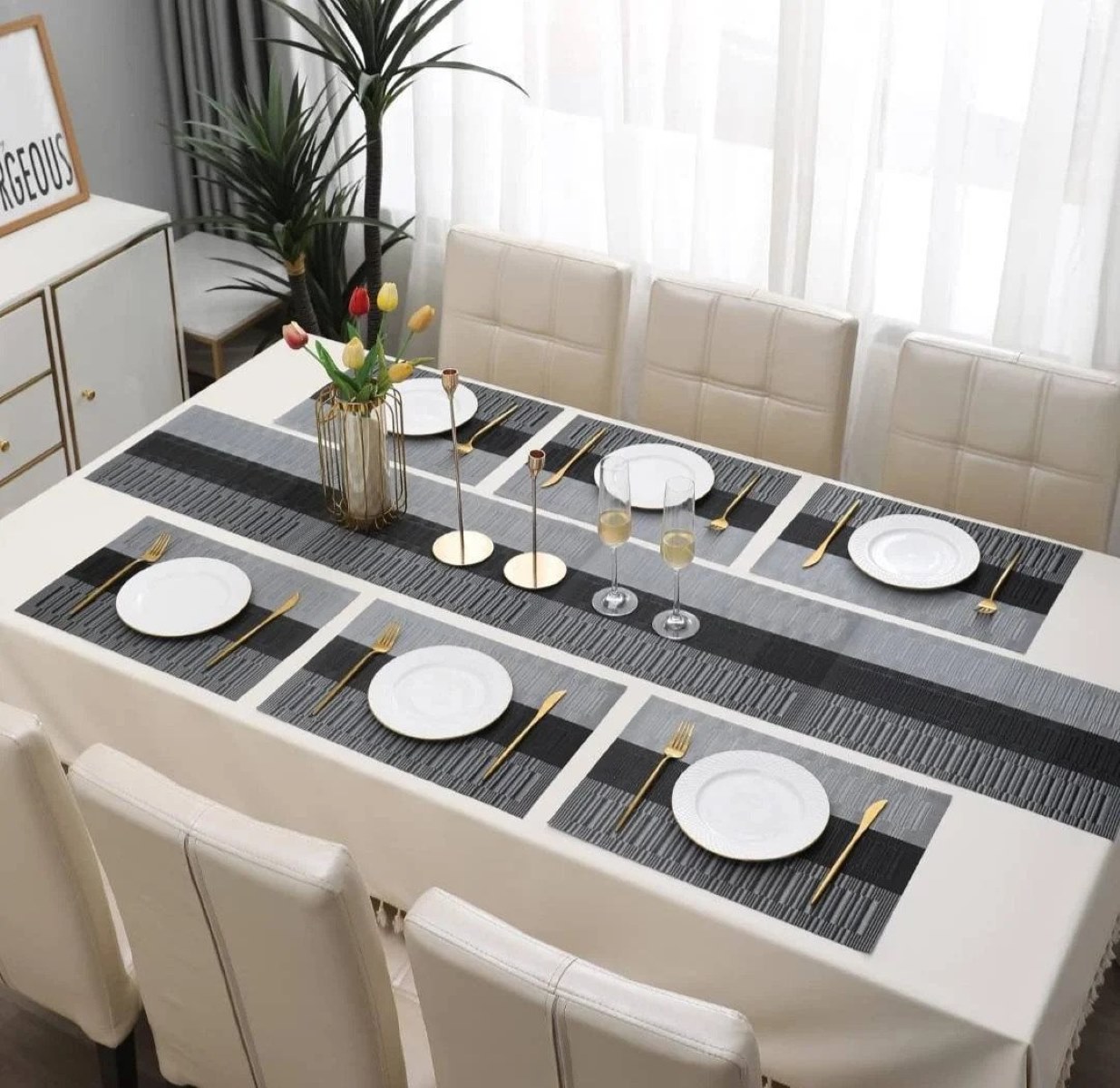
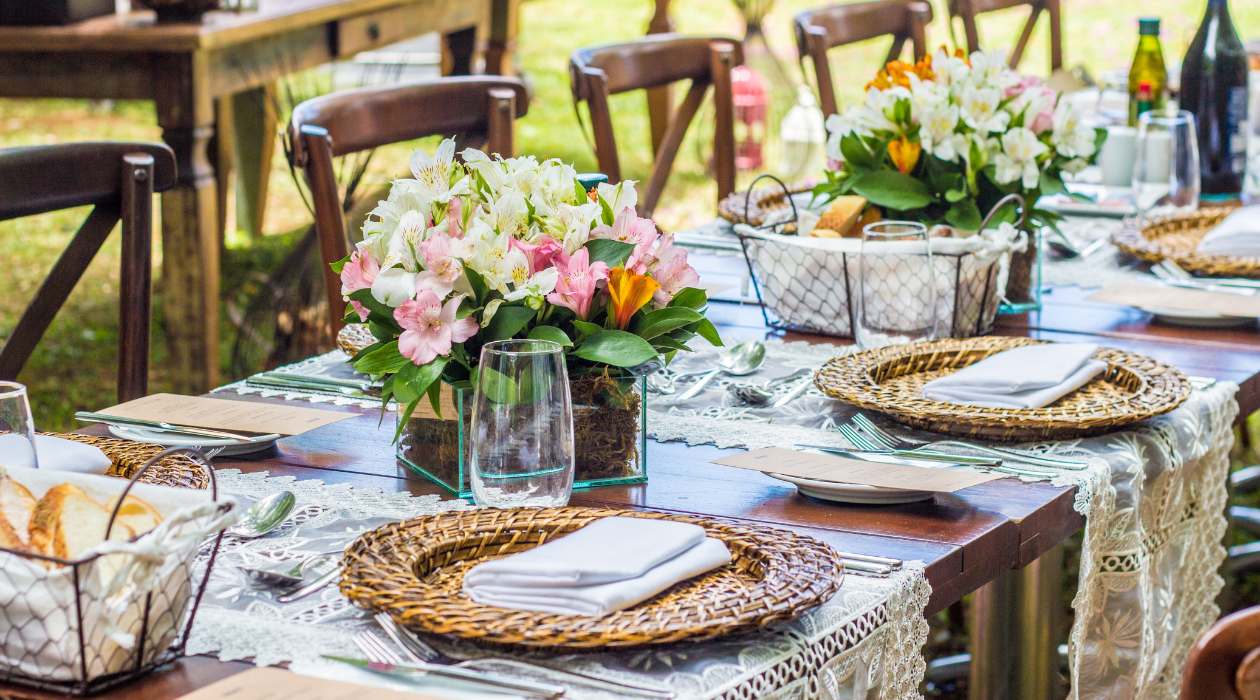
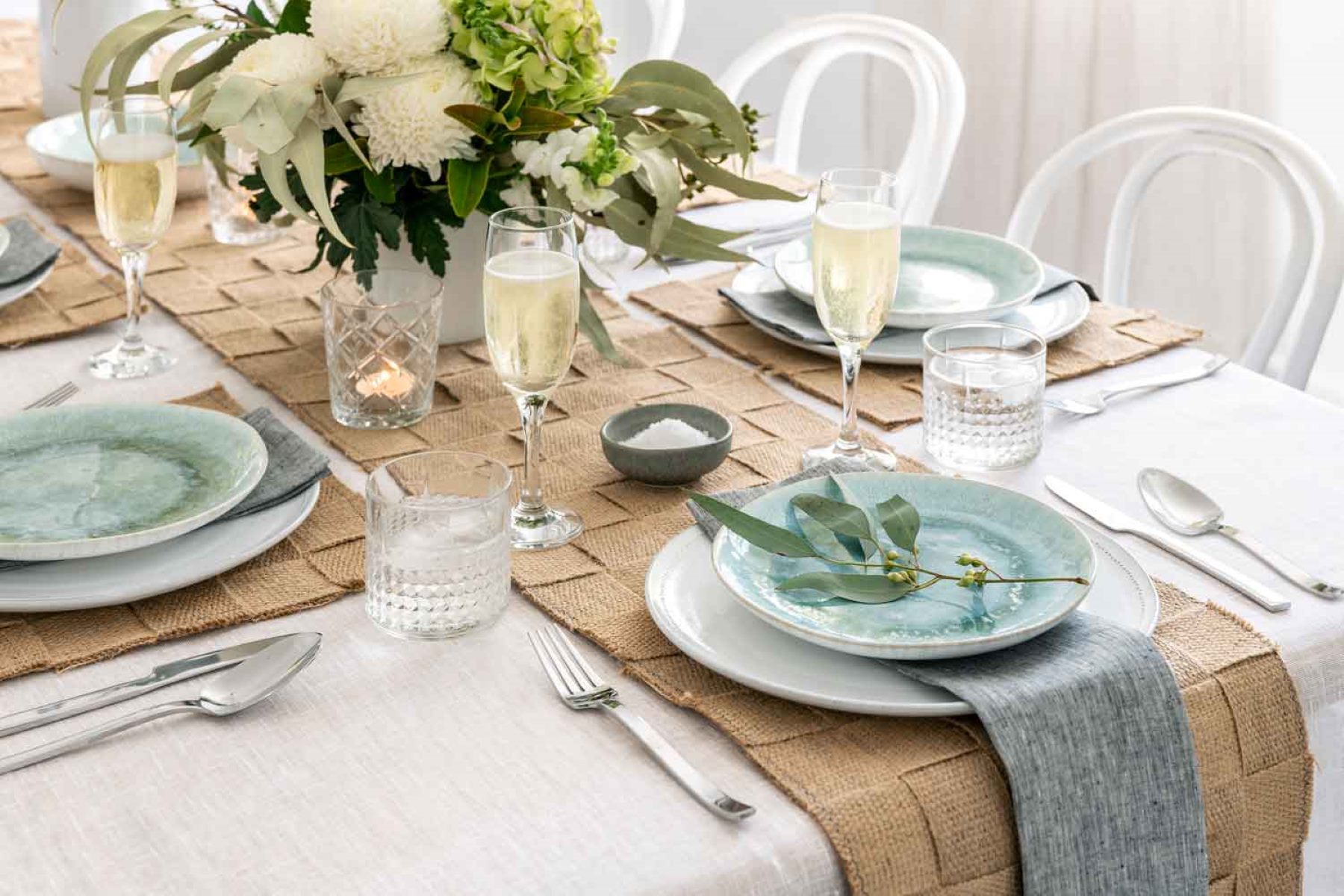
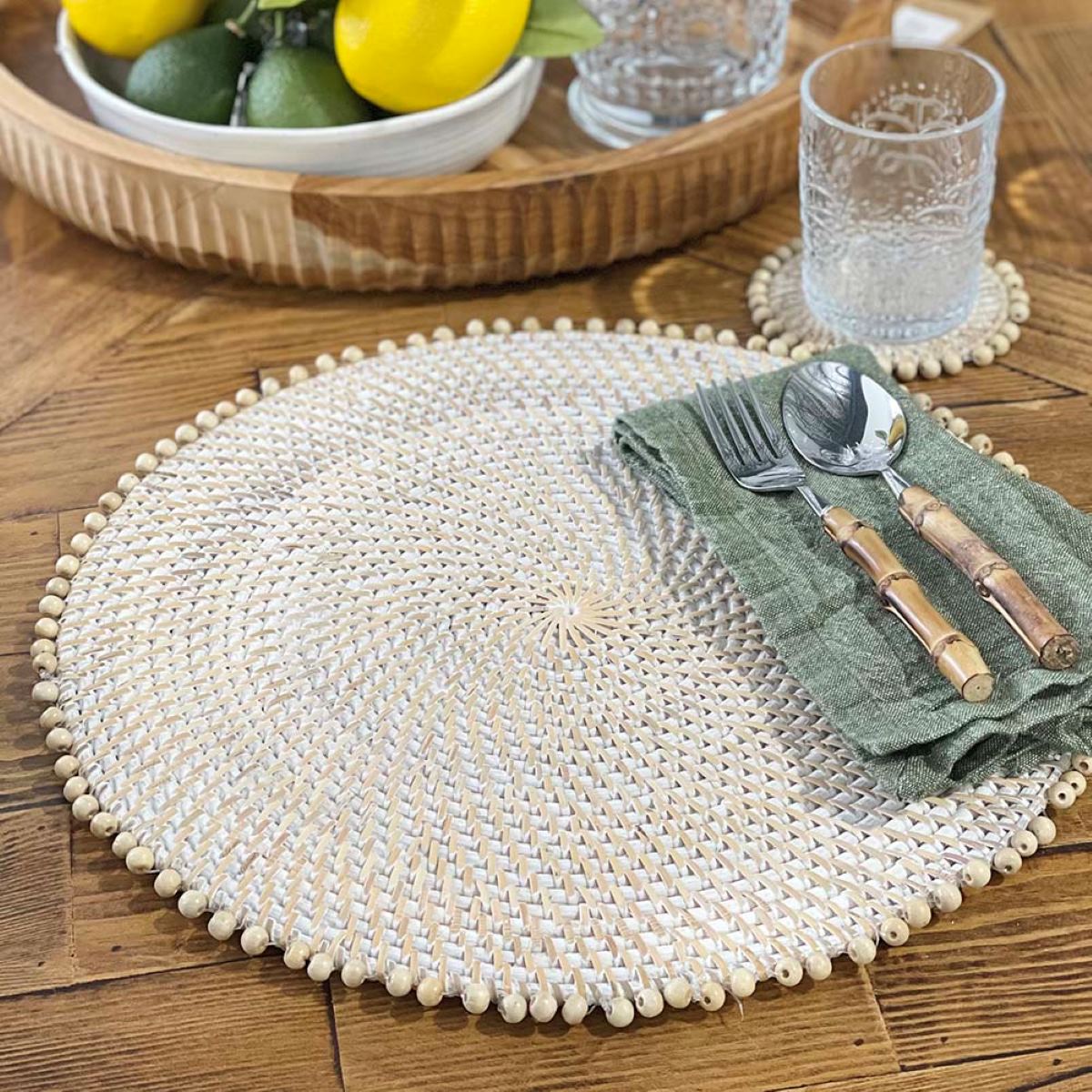
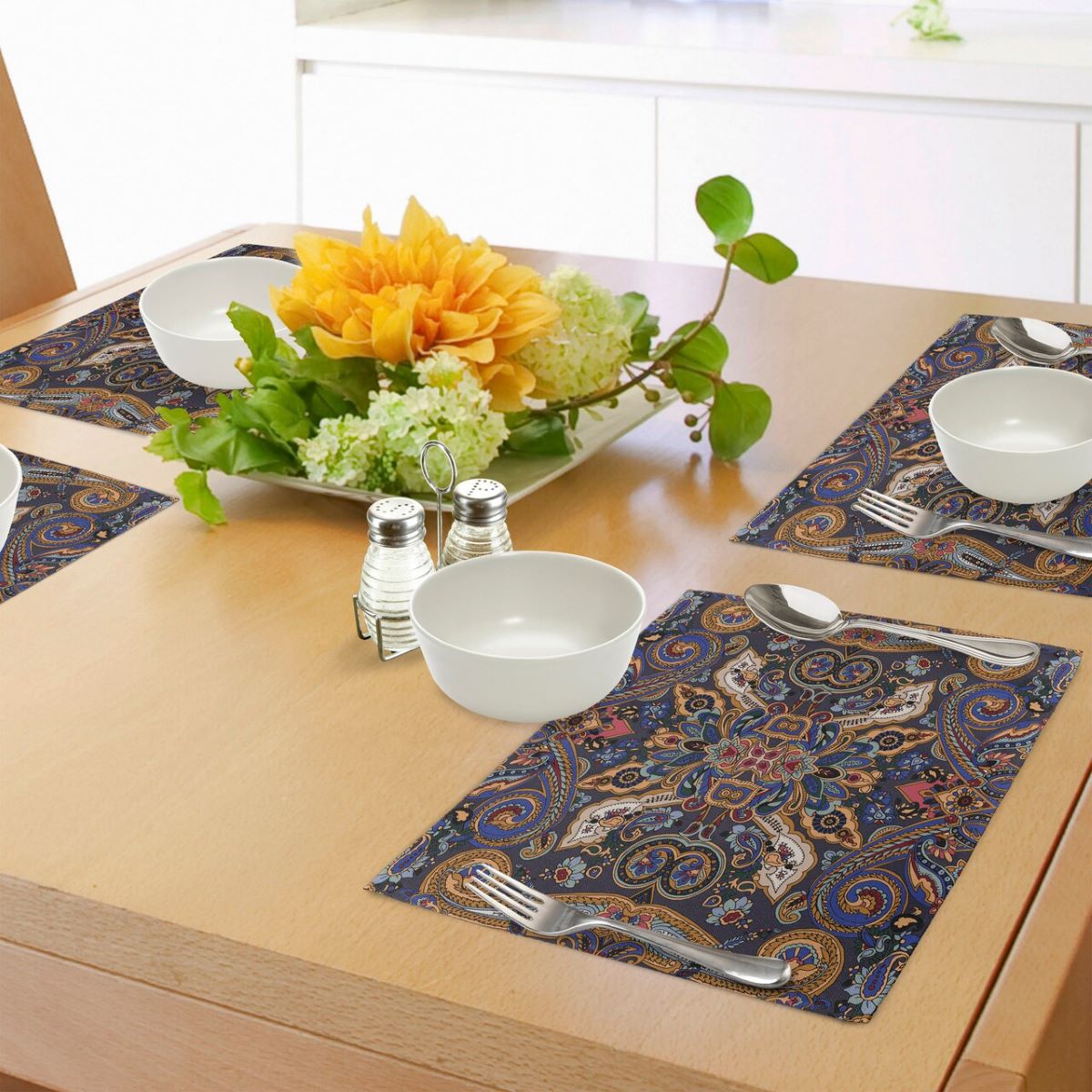
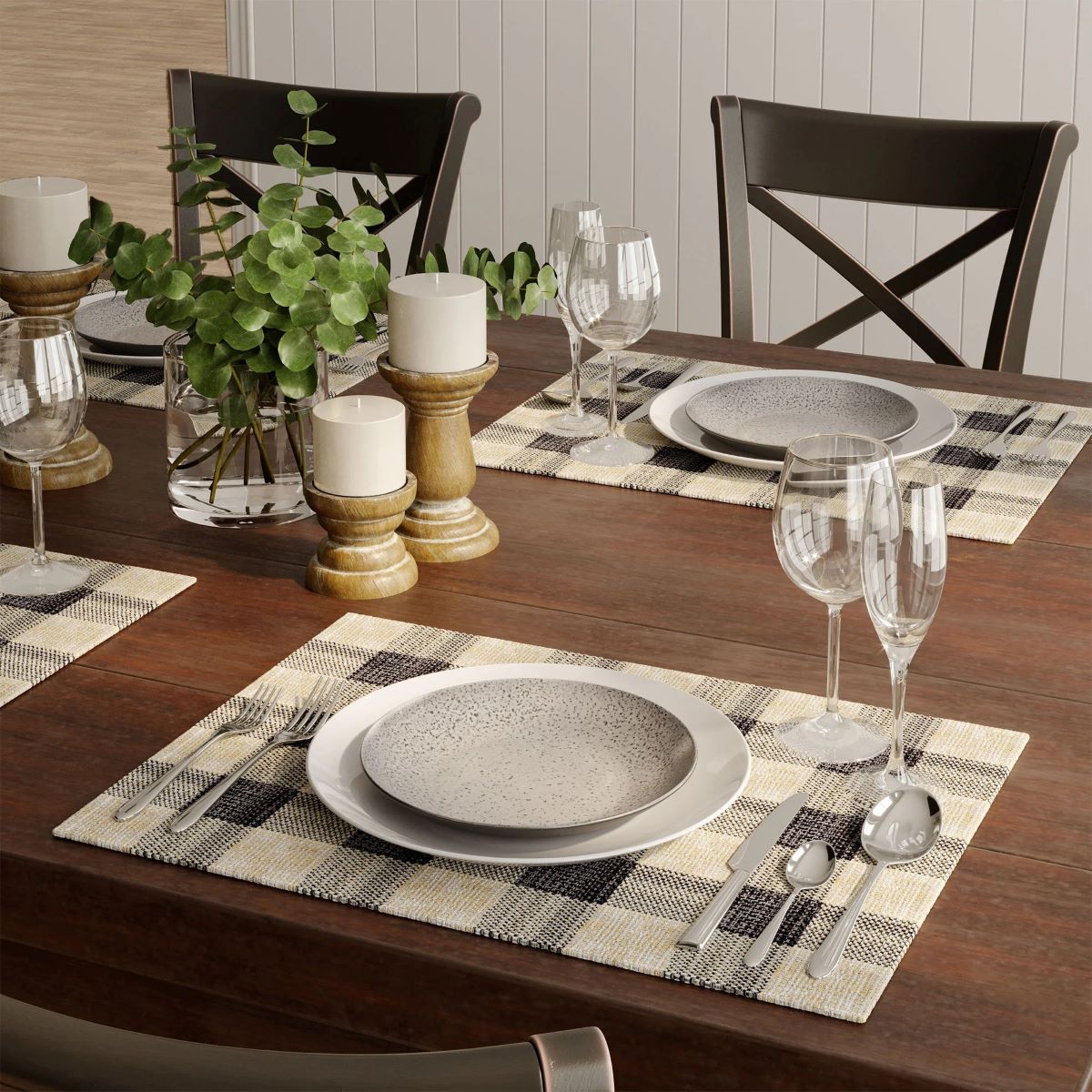
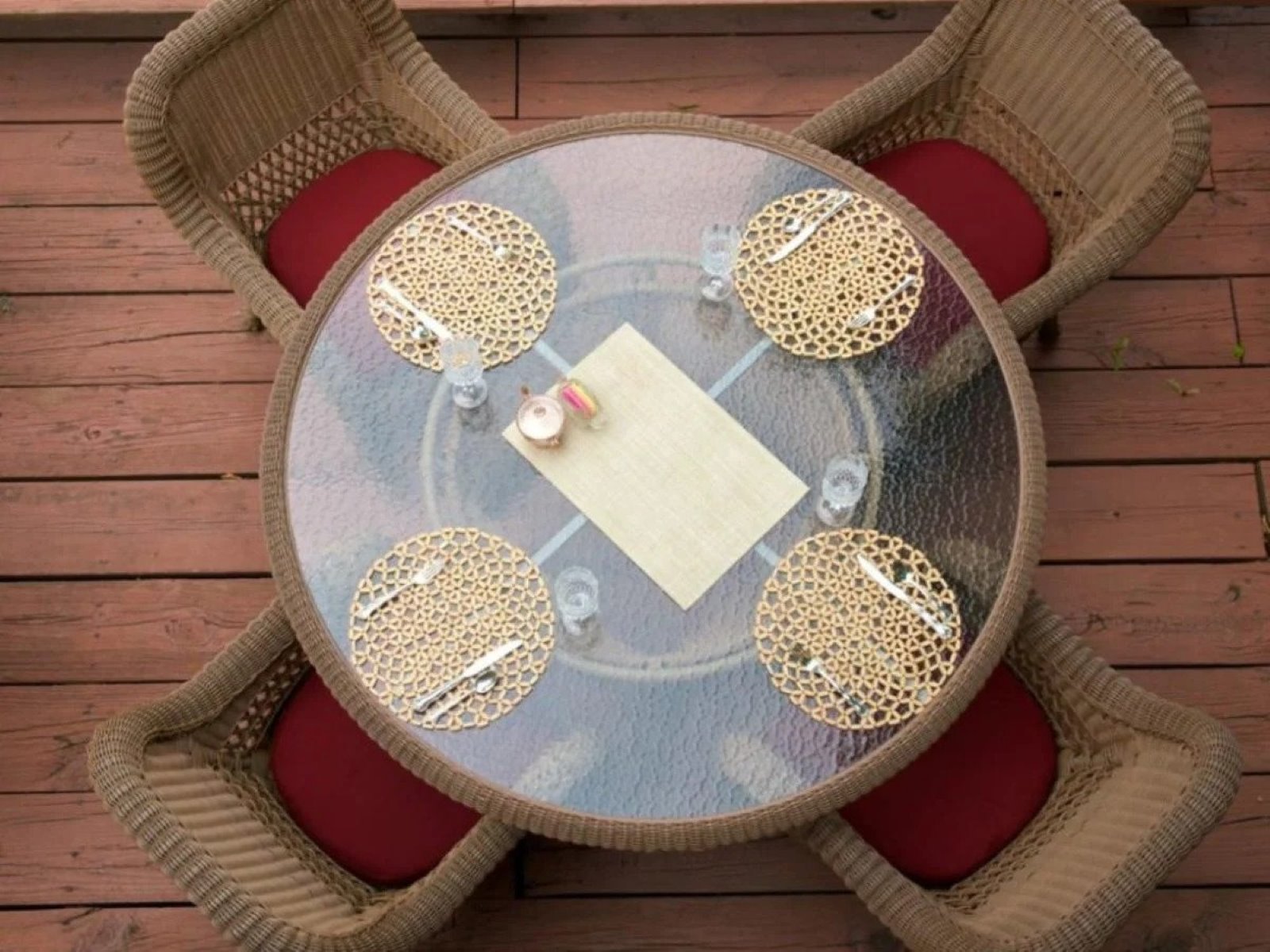
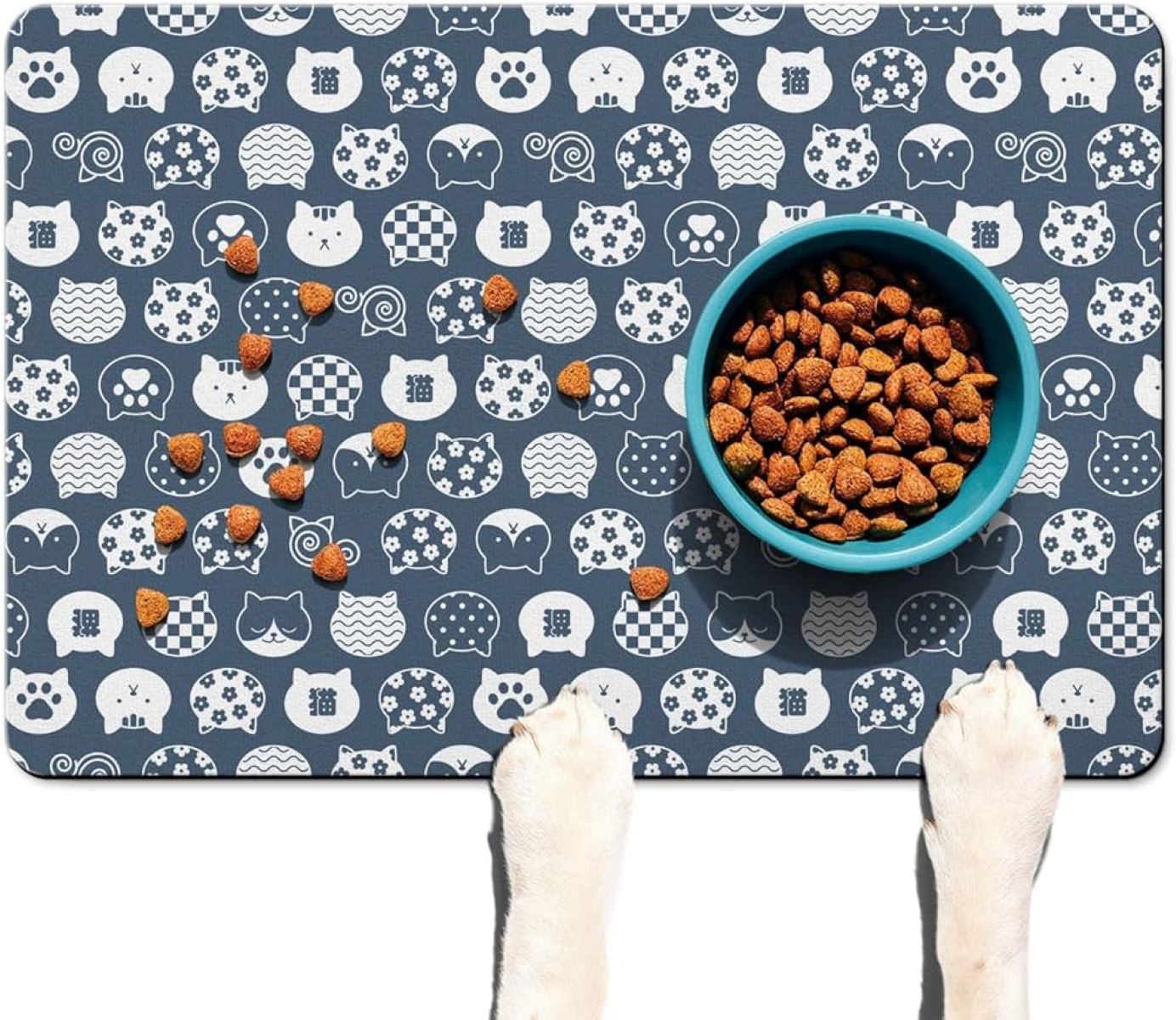
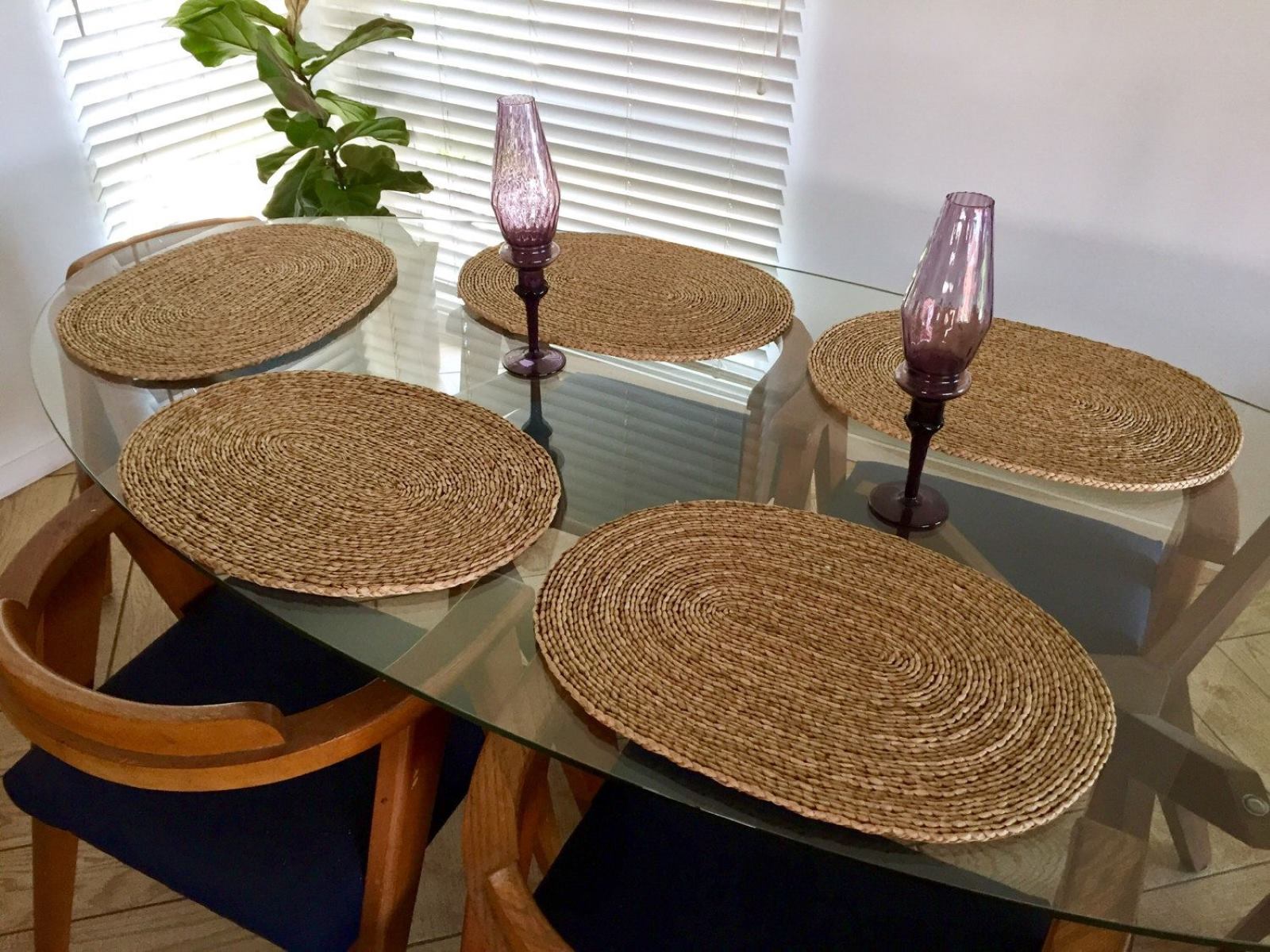
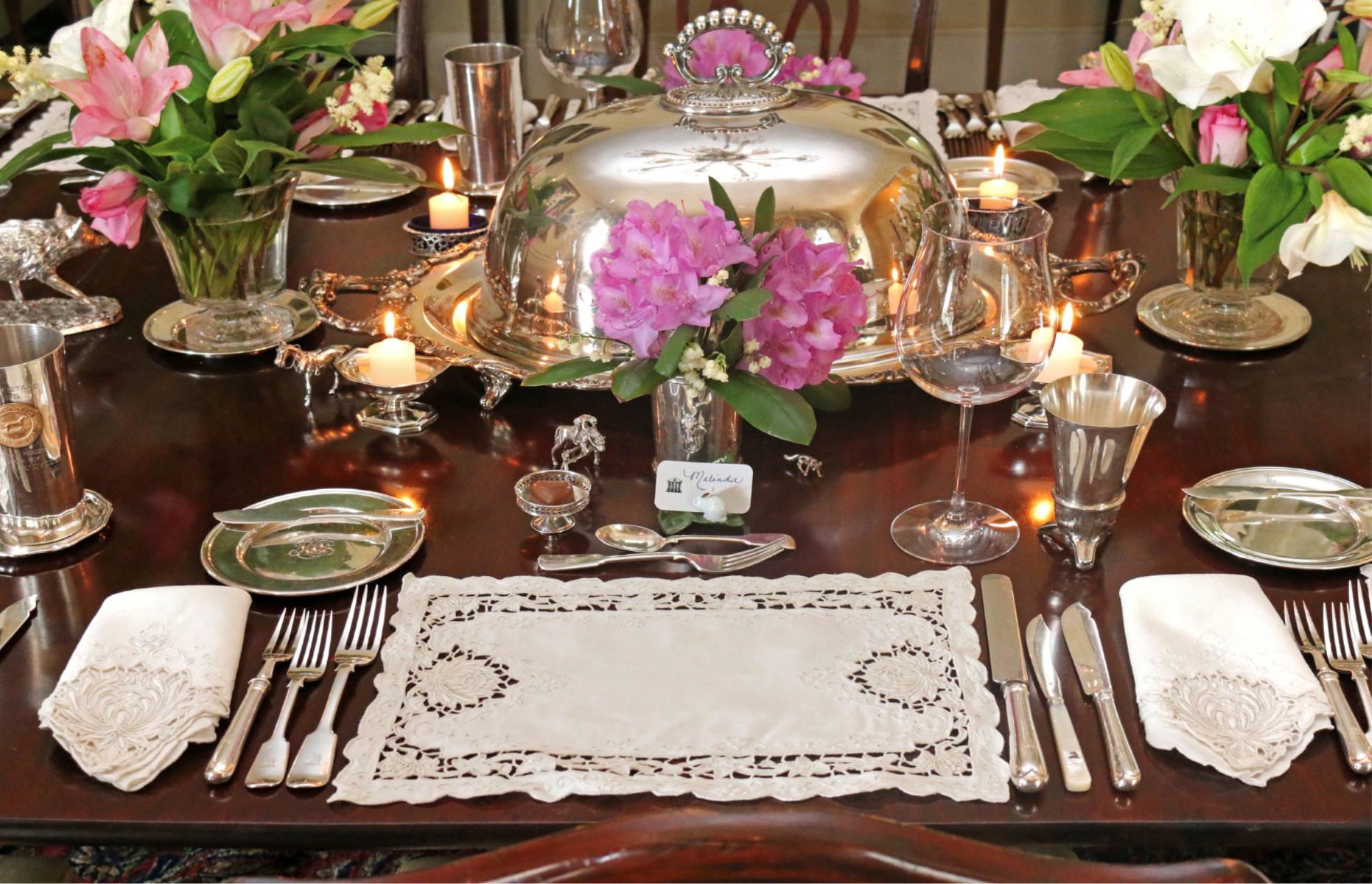
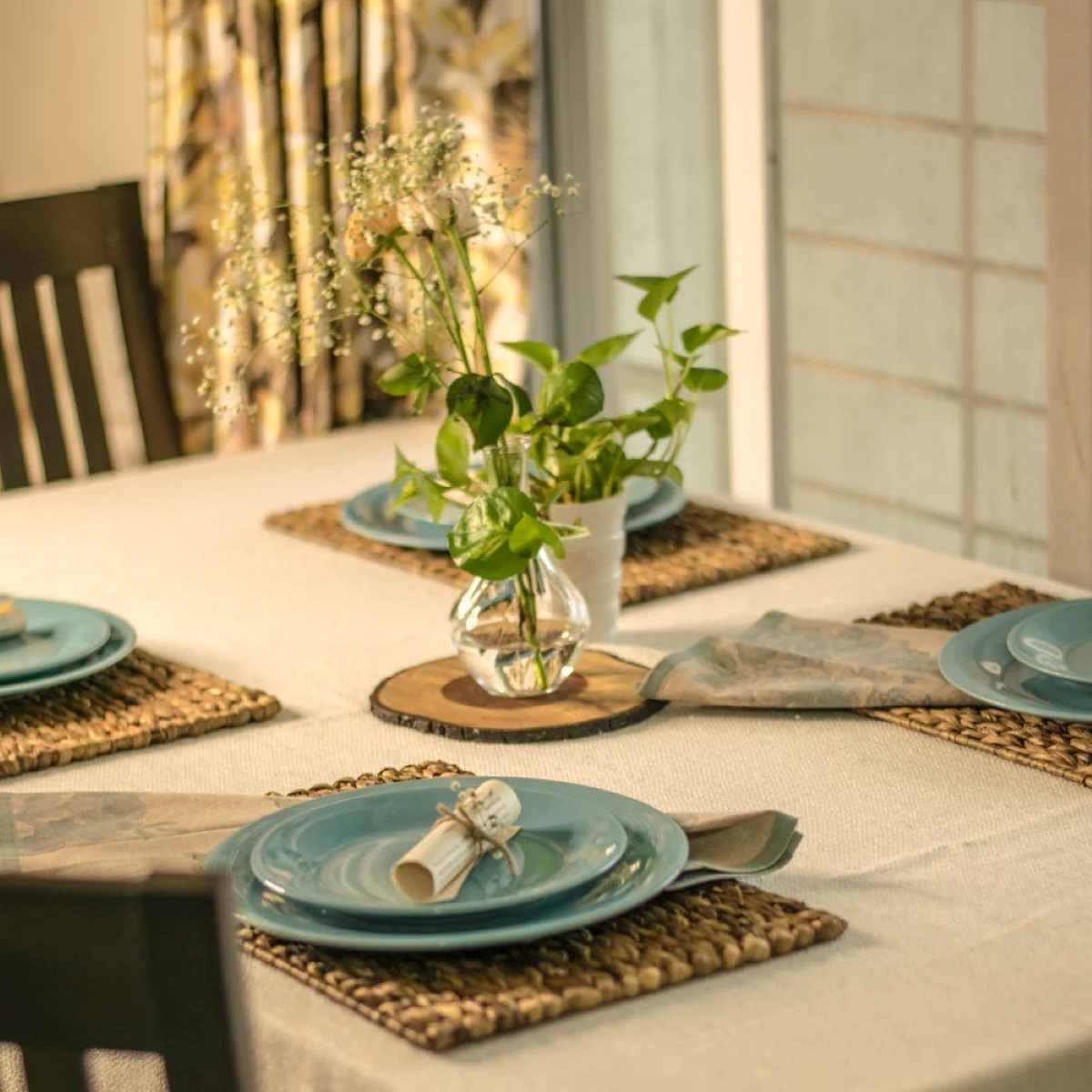
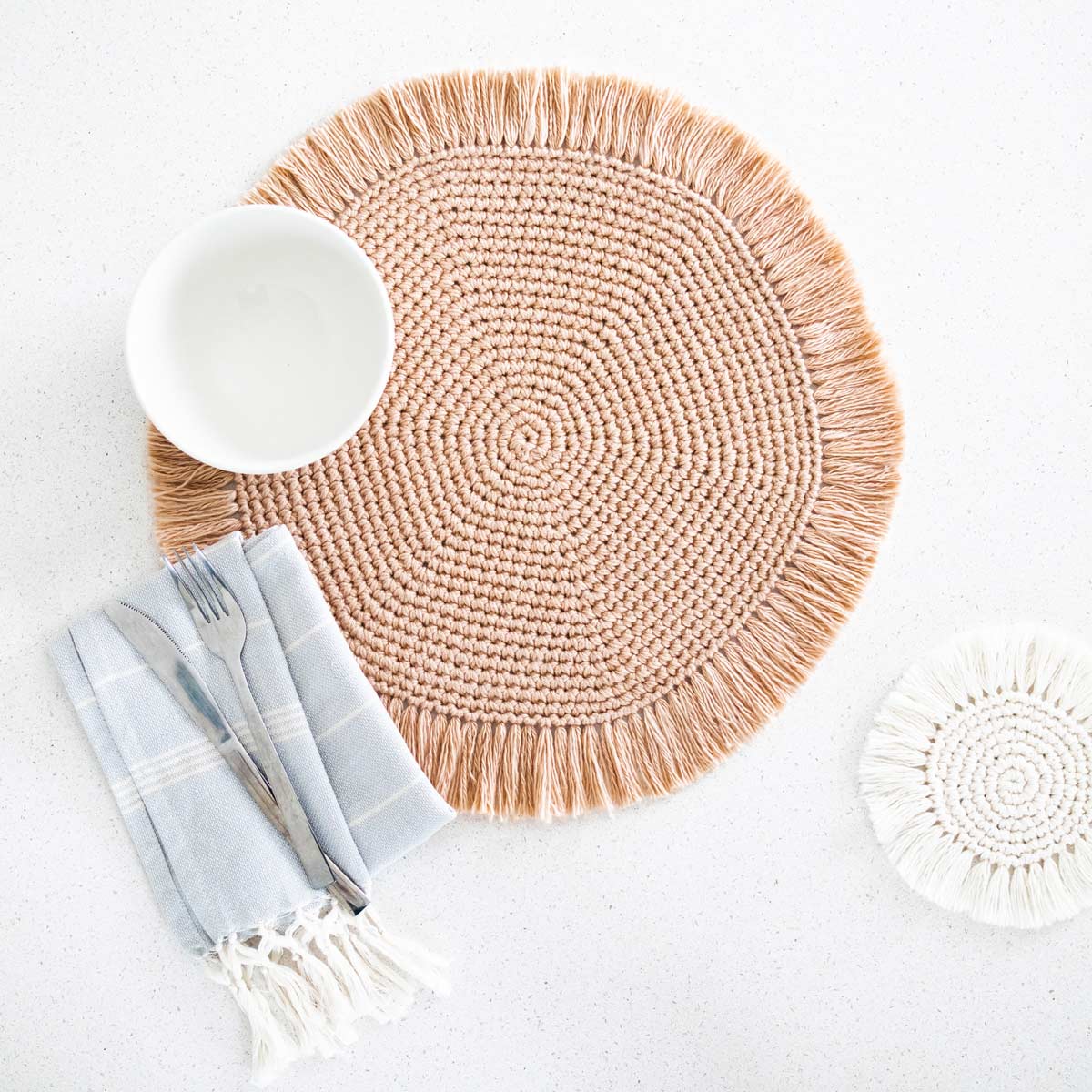
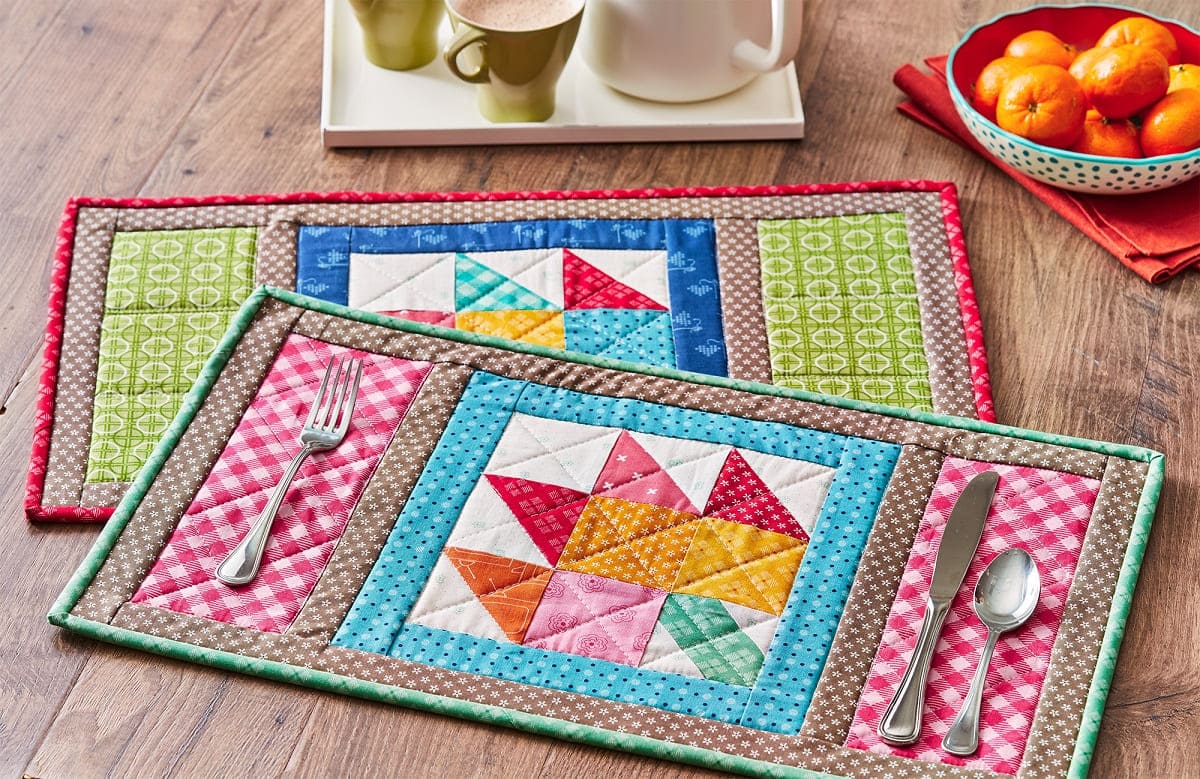

0 thoughts on “What Is A Placemat Used For?”